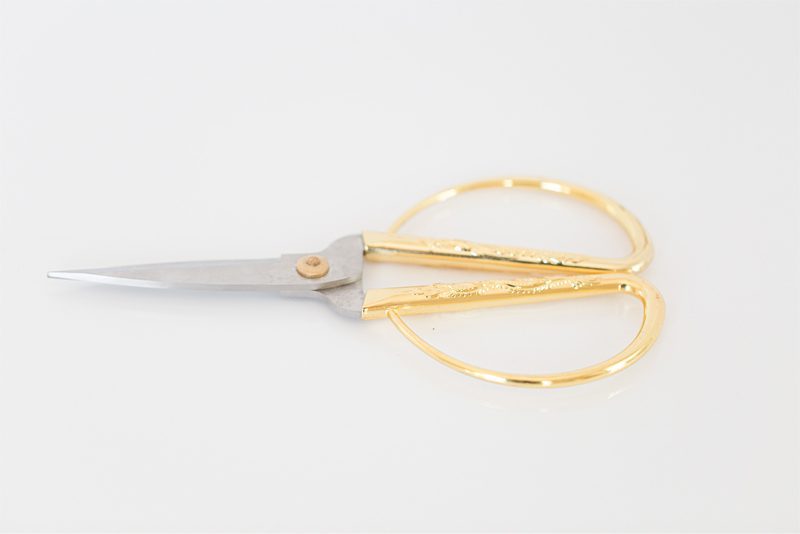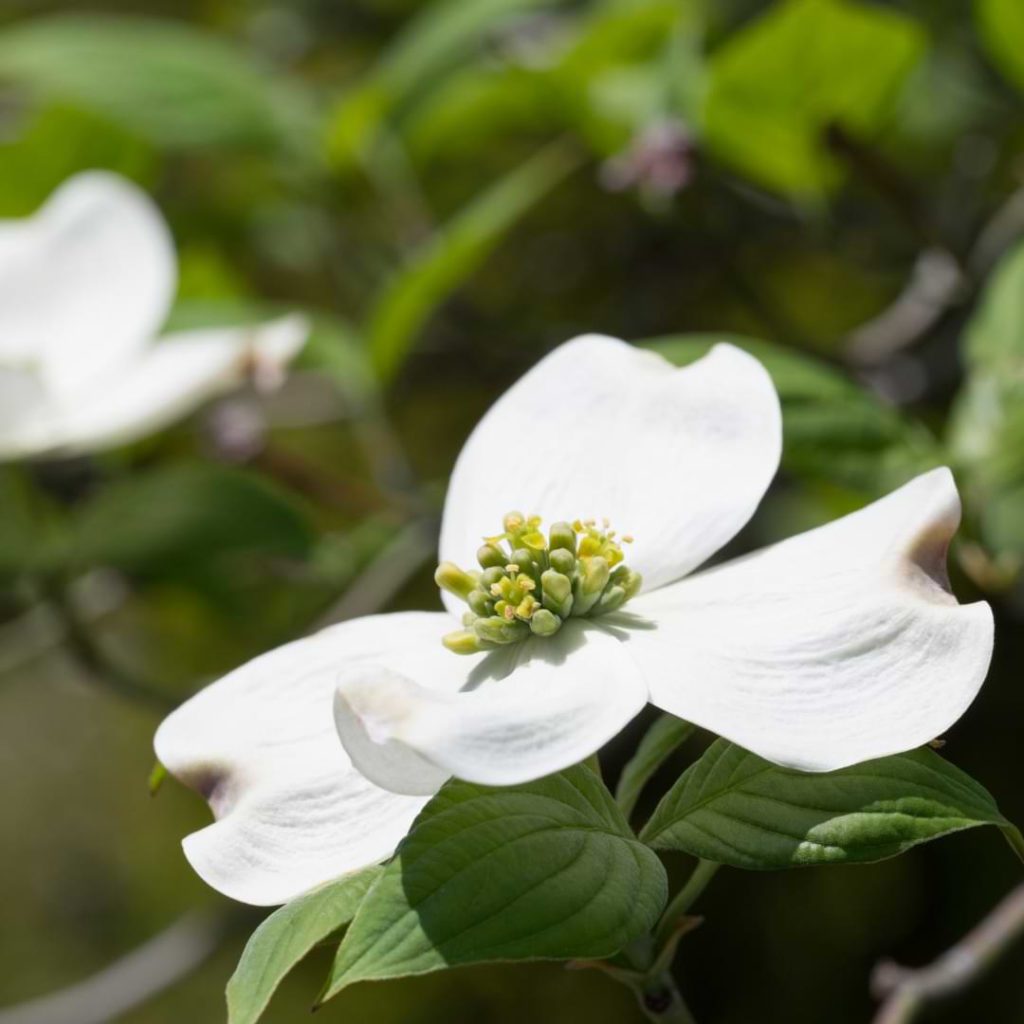Dogwoods are beautiful flowering trees—so it isn’t surprising that people have cultivated dogwood bonsai. With lovely flowers, bright berries, and leaves that change in the fall, dogwood is very popular among bonsai lovers
Although this tree is fairly hardy, keeping a dogwood bonsai does require some special care. Keep reading to find out how to grow and care for your dogwood bonsai.
Can You Bonsai a Dogwood Tree?
It’s very possible to bonsai a dogwood tree; of course, some varieties of dogwood are easier to style and train than other varieties. All bonsai trees require some level of maintenance, and dogwood bonsai falls somewhere in the middle in regards to difficulty.
Dogwood Bonsai: Indoor or Outdoor?
Dogwood bonsai is an outdoor bonsai. The tree needs a lot of light during the summer, so it needs to remain outdoors as much as possible during the growing season. Dogwood also needs a dormant period during the winter, so it should not be brought indoors then either.
However, you should take steps to protect a dogwood bonsai’s roots during cold weather. The small pots in which bonsai are typically grown do not offer enough insulation to protect the roots.
How Do You Bonsai a Dogwood?
Styling a bonsai can be difficult, especially for beginners. If you are new to bonsai, it’s generally better to start with a dogwood bonsai that has already been styled. However, dogwood is not too much of a challenge for more experienced bonsai lovers.
Pruning, Wiring, Training, & Shaping
Dogwood bonsai grow quickly, and they are not stressed out too much by pruning. Fall and winter are the best times to prune dogwood as this is when the tree is dormant.
During the growing season, you can pinch back new growth to keep the bonsai in the desired shape.
Wiring is best done during the fall when the dogwood’s growth has slowed. Check the wiring to ensure that the wire does not scar the branches as the tree grows.
Dogwood Bonsai Care
Height & Width
When it comes to height and width, dogwood varieties have a wide range. However, with proper maintenance, it’s possible to keep dogwood bonsai the correct size.
Light
Dogwoods benefit from being exposed to as much sunlight as possible; for this reason, dogwood bonsai are outdoor bonsai. If you decide to bring your dogwood bonsai indoors for some reason, it does not need to stay inside for more than a couple of days.
Temperature and Humidity
Dogwood bonsai are usually fine with warmer temperatures. Just make sure you’re providing enough water during hot periods. While dogwoods like a lot of sunlight, you may need to provide shade during the middle of extremely hot days. Spray the entire tree with water occasionally if summer days get hot and dry.
Avoid leaving dogwood bonsai roots unprotected during freezing weather. Do leave the tree outdoors during the winter, though, because it requires cold weather to go through a dormant period.
Soil
Dogwood bonsai do best with high-quality potting soil that drains quickly and is slightly acidic, with a pH between 5.5 and 6. Many commercial potting soils are closer to neutral, so check the bag to see what the pH level is for each brand and consider looking for soil designed for acid-loving plants.
Water
The exact timing for watering depends on environmental conditions. During the summer when temperatures are high and your dogwood bonsai is in direct sunlight, you’ll need to water more frequently than other times of the year.
Check the soil frequently to determine whether it’s time to water. The soil should dry out slightly between waterings. A good way to ensure you’re providing an adequate amount of water is to place your bonsai’s container into a tub of water and allow it to soak for a few minutes. Make sure there are good drainage holes so extra water can escape.
Overwatering can cause root rot, so it’s always best to check the soil before watering. Also, if you notice that water seems to pool up, check the drainage holes in the container. Both of these steps can help you avoid losing your bonsai due to overwatering.
Fertilizing
Like most bonsai, dogwood bonsai do best with small amounts of fertilizer on a regular basis during the spring and summer. Because the tree only has access to a small amount of soil, it is unable to draw as many nutrients from its environment as it would otherwise.
Look for a balanced fertilizer, one where the NPK ratios (the amount of nitrogen, phosphorus, and potassium) are the same. A fertilizer with an NPK ratio where all the numbers are the same (like 10-10-10 or 15-15-15) is a balanced fertilizer. I suggest using a liquid fertilizer because it’s easy to dilute and control the amount you’re using. Start off fertilizing lightly as you can always add more fertilizer later if needed, but over-fertilizing, which can burn the root system, is hard to correct.
Potting and Repotting
Dogwood bonsai need to be repotted when they become root-bound, meaning when the root system has filled the container. For dogwood bonsai, this occurs about every two years. Repotting in the early spring is best.
When repotting, inspect the root system and trim away any dead roots. You can also trim some of the healthy roots as well to help keep your bonsai the desired size. However, only remove a few healthy roots.
Use a clean container for repotting. You may be able to reuse the same container if there is more room for roots to grow. Otherwise, choose a slightly larger container for your dogwood bonsai. Also, be sure to use fresh soil when repotting, which helps prevent fungus and disease from developing in the soil.
Common Pests/Diseases
Dogwoods can fall prey to several common pests and diseases. Look for signs to catch any potential issues before they become a major problem. Here’s what to watch out for.
Powdery Mildew
Powdery mildew is a fungus that shows up as a white powder. You’ll also notice that the leaves on your dogwood bonsai start to turn yellow or brown. You can get rid of powdery mildew by using neem oil. Prevent powdery mildew by making sure your plant has plenty of air circulation.
Scale
Scale are tiny insects that look more like bumps than bugs. Scale can range in color from tan to white. These insects show up a few at a time, so try to catch them early. For small infestations, you can dip a cotton swab in rubbing alcohol and place the cotton swab directly on the scale. For more serious infestations, you may need to use neem oil.
Aphids
Aphids are tiny, soft insects that feed on plant leaves or new growth. One or two aphids aren’t an issue, but a group of aphids can quickly damage a plant. You can knock aphids off a plant by spraying water from a garden hose. Sometimes this is all you need to do to get rid of aphids. If the aphids return, you can use neem oil to treat the problem.
Ants
Ants won’t actually harm your dogwood bonsai. Instead, ants are a sign of an aphid infestation. Ants like the “honeydew” substance that’s left behind when aphids feed on plants. Get rid of the aphids and the ants will leave as well.
Mites
Tiny, dark insects that live on the underside of leaves and feed on the cells, mites can quickly cause severe damage to your dogwood bonsai. If your plant’s infested, you’ll notice little white spots on the leaves. You can use a homemade mixture of liquid soap and water to get rid of spider mites. Another method is to wipe the entire plant using a cotton swab covered in rubbing alcohol. Then repeat the process 24 hours later. Spider mites are most common during hot, dry periods. Spraying water on your bonsai during these conditions can help prevent a spider mite infestation.
Propagation
Many times dogwood bonsai are either purchased already trained as bonsai, or bonsai enthusiasts purchase young dogwood with the intention of turning the tree into bonsai. Propagating your own dogwood bonsai can take a long time, but it’s still possible.
If you want to grow your own dogwood for bonsai, you have two options: you can either start dogwood from seeds or from cuttings. While it will take a long time for dogwoods that are propagated to be large enough to be used as bonsai, it’s still fun to try propagating your own dogwoods. As long as you’re willing to be patient and provide proper care, you may one day have a mature dogwood bonsai that you started yourself.
Here’s how to do both methods of propagation.
Seeds
While you can collect seeds directly from dogwood trees, know that hybrid trees do not produce viable seeds. Either collect seeds from non-hybrid dogwoods or purchase seeds commercially. Be aware that not all seeds will grow true to type. Don’t let that stop you from growing dogwood from seed if you want to.
Step 1: Obtain your dogwood seeds. Mid to late fall is the best time to get dogwood seeds.
Step 2: Fill a shallow container with high-quality potting soil. Scatter the seeds over the soil and carefully press them into the soil. Cover with ¼ inch of potting soil.
Step 3: Moisten the soil and keep the container in an environment where the seeds will be at a temperature of between 35-41 degrees Fahrenheit for about three months. Then gradually allow the seeds to slowly warm to between 60-80 degrees Fahrenheit. Make sure the seeds get some moisture during the winter and spring. In some areas, you may be able to have this process (called stratification) take place outdoors.
Step 4: Once the seedlings get 4 inches tall, you can transplant them to separate containers. Just be sure you don’t damage their roots. It’s easier to move dogwoods in early spring before they develop leaves.

Cuttings
An advantage to starting dogwood from cuttings is that you know exactly what the new dogwood will look like, and you’ll start seeing growth more quickly than with seeds. The best time to take cuttings to propagate is during summer. The branches should still be somewhat flexible.
Step 1: Using clean tools, cut a young branch with at least one leaf node from a healthy dogwood. You may want to take several cuttings as dogwood cuttings don’t always take root. If too many are successful, you can always share the extras with friends.
Step 2: Prepare a mix of 1 part bonsai soil to 1 part regular soil. Fill as many containers with this mix as you have cuttings.
Step 3: Apply rooting hormone to the cut end of each dogwood cutting. This will help the roots develop more easily.
Step 4: Place each cutting into a container. The cuttings should be buried about halfway.
Step 5: Water the cuttings regularly. The roots generally develop in 4 to 8 weeks. Once they begin growing, you may need to move the cuttings to larger pots eventually. You’ll need to be patient because dogwoods grow slowly at first.
Popular Varieties
There are many different types of dogwood trees. Almost all types of dogwoods have similar dark-green leaves, but some dogwoods have specific characteristics that make them better for bonsai.
Pagoda Dogwood Bonsai
This variety of dogwood is one of the easiest to grow. While it does well in full sunlight, it actually does better in partial shade. Pagoda dogwood has attractive yellowish flowers and produces blue/black berries.
Chinese Dogwood Bonsai
This variety is native to Asia and produces a small-to-medium bonsai. It’s long been cultivated as bonsai and remains a popular choice today.
Red Dogwood Bonsai
A particularly hardy dogwood, this variety is a great choice for bonsai because it can survive in a wide range of climates and requires minimal maintenance.
Kousa Dogwood Bonsai
This variety has incredibly showy blooms, beautiful red or pink fruit, and leaves that change to maroon in the fall. While it’s a popular choice for bonsai, this variety does require extra care; the Kousa dogwood grows very quickly and needs to be pruned often.
Bonsai With Us!
The Bonsai Resource Center is here to help you learn about all things bonsai and provide you with the tools you need to keep your plant healthy and strong. Explore our other articles, visit our online shop, and connect with other bonsai lovers in our Facebook group to learn everything you need to know about this rewarding hobby!



